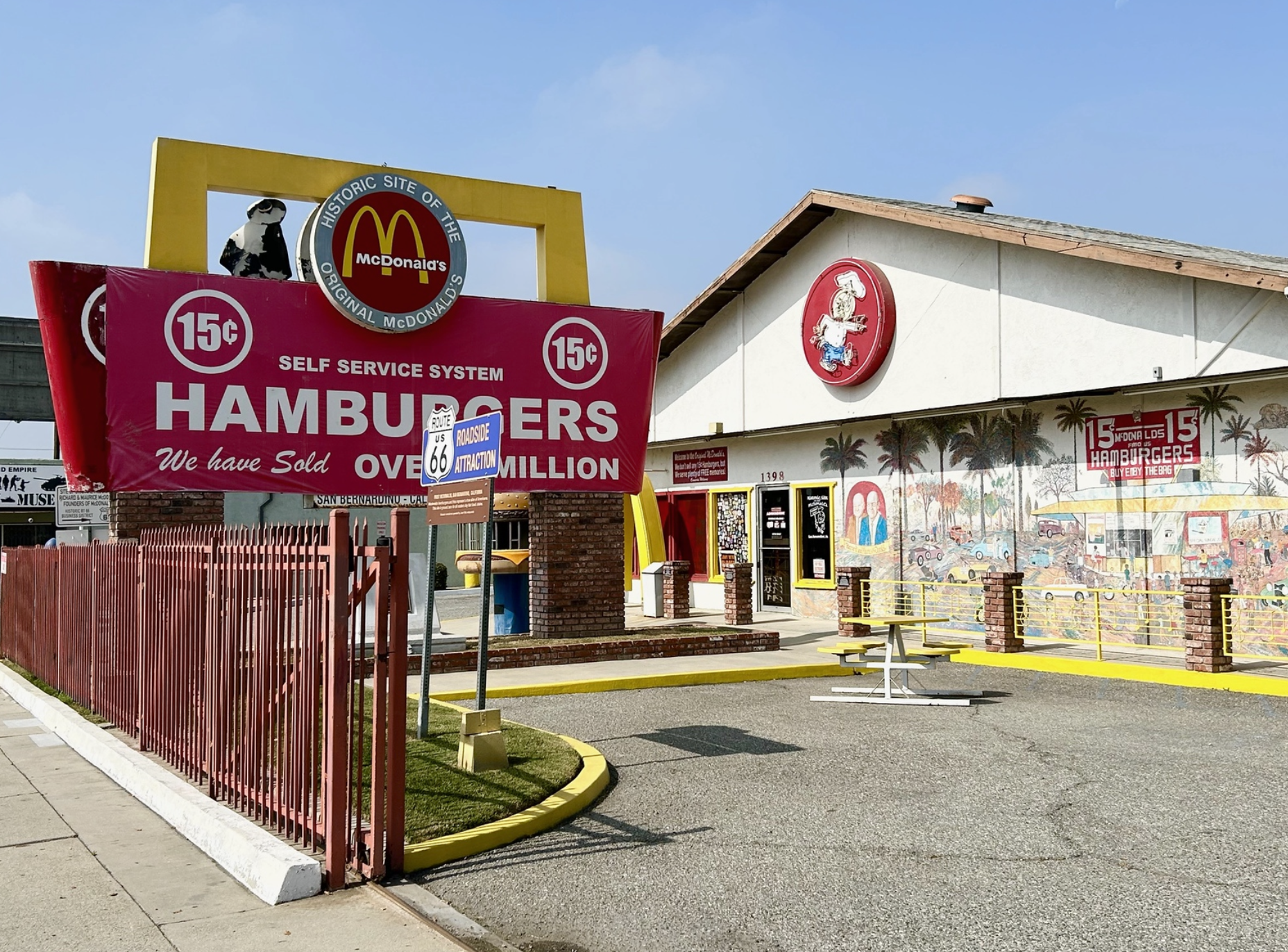The 1,095-mile stretch of Route 66 from Amarillo, Texas to Santa Monica, California not only offers RVers opportunities to see iconic landmarks, but a convenient jumping off place for interesting side trips. RVers tracing Route 66 can explore everything from Native American and Spanish history to scenic wonders, including the Palo Duro Canyon in the Texas Panhandle, the second largest canyon in the United States.
While the original Route 66 still exists in many areas of the country, most of the route has either replaced by new Interstates, highways or roads with other names that either overlap or parallel the original highway. But there are plenty of Route 66 guides available to help you find the original route, wherever you happen to be.
"People like to say the highway started at Lake Michigan and ended in the roaring Pacific,” Mike Wallis writes in Chapter 1 of his 1981 book, Route 66: The Mother Road. “It was one of the country’s firs continuous spans of paved highway linking East and West.” Books such as Route 66: The Mother Road, by Mike Wallis, and websites like DrivingRoute66.com TheRoute-66.com, and IndependentTravelCats.com are wonderful resources of things to see and do along Route 66, from seeing iconic restaurants, gas stations and motels to quirky museums, parks and one-of-a-kind attractions. Many states and tourism bureaus also host their own websites highlighting things to see and do along the historic route.
The good news for RVers is that there are also plenty of campgrounds and RV parks close to the original Route 66.
Following is a sampling of attractions along and near Route 66 from Amarillo, Texas to Santa Monica, California, with suggestions on nearby places to camp:















